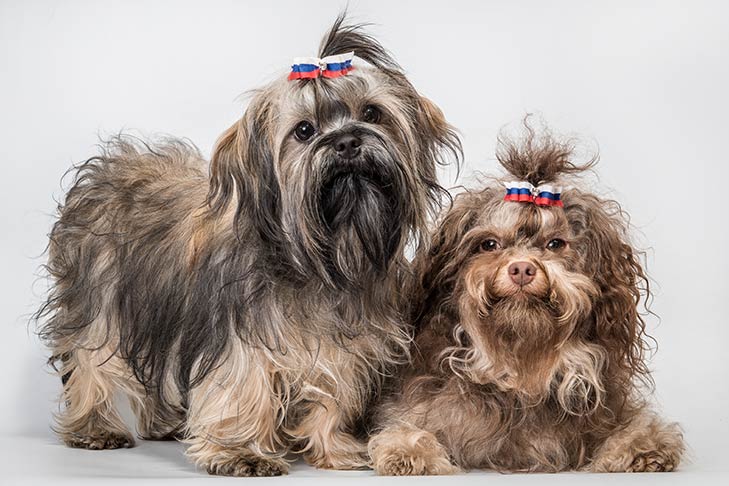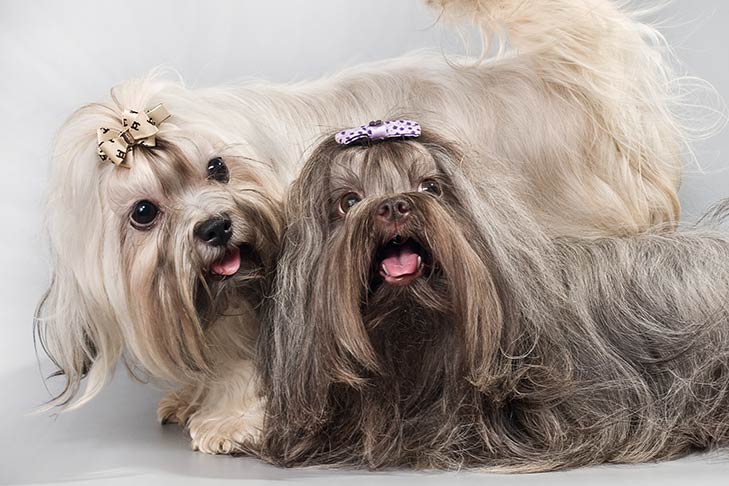Bolonki, also known as Russian Colored Lapdogs, was developed as the ideal indoor pet for apartment living and goes by the name Russkaya Tsvetnaya Bolonka. He is nice to everyone and has no signs of violence. He is kind, loving, intelligent, and eager to please.
The Tsvetnaya Bolonka, also known as Bolonka in Russian, is a member of the Bichon family, which was on the verge of extinction until the end of the Cold War. It is a tiny companion dog that is hypoallergenic, hilarious, incredibly intelligent, and fiercely devoted to its family. Others are pleased to sit by the door and watch who is let in and out; other people are good mimics. The Russian Tsvetnaya Bolonka is spirited but also laid-back and friendly, and she gets along well with kids. Even though they are fast to alert, early instruction in suitable conduct will prevent them from constantly barking. They need early interaction with people and are rather independent for a toy breed. They are quite intelligent and cunning, and when trained with a firm but gentle touch, they perform well in formal training including obedience, rally, tracking, and agility.






 Health
Health Grooming
Grooming Exercise
Exercise Training
Training Nutrition
Nutrition